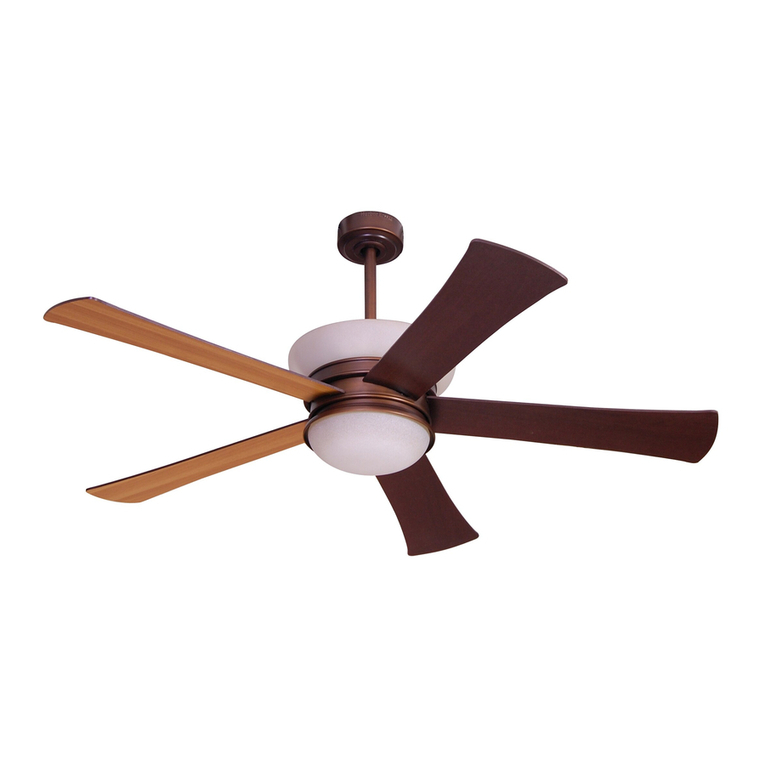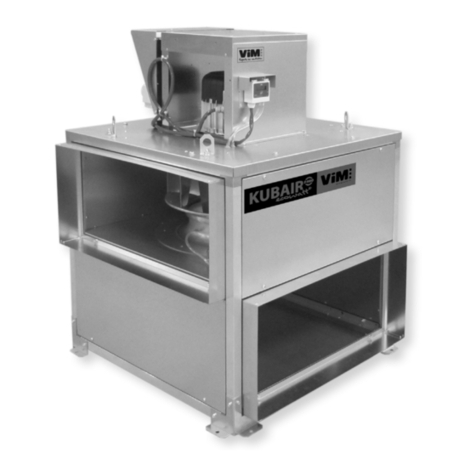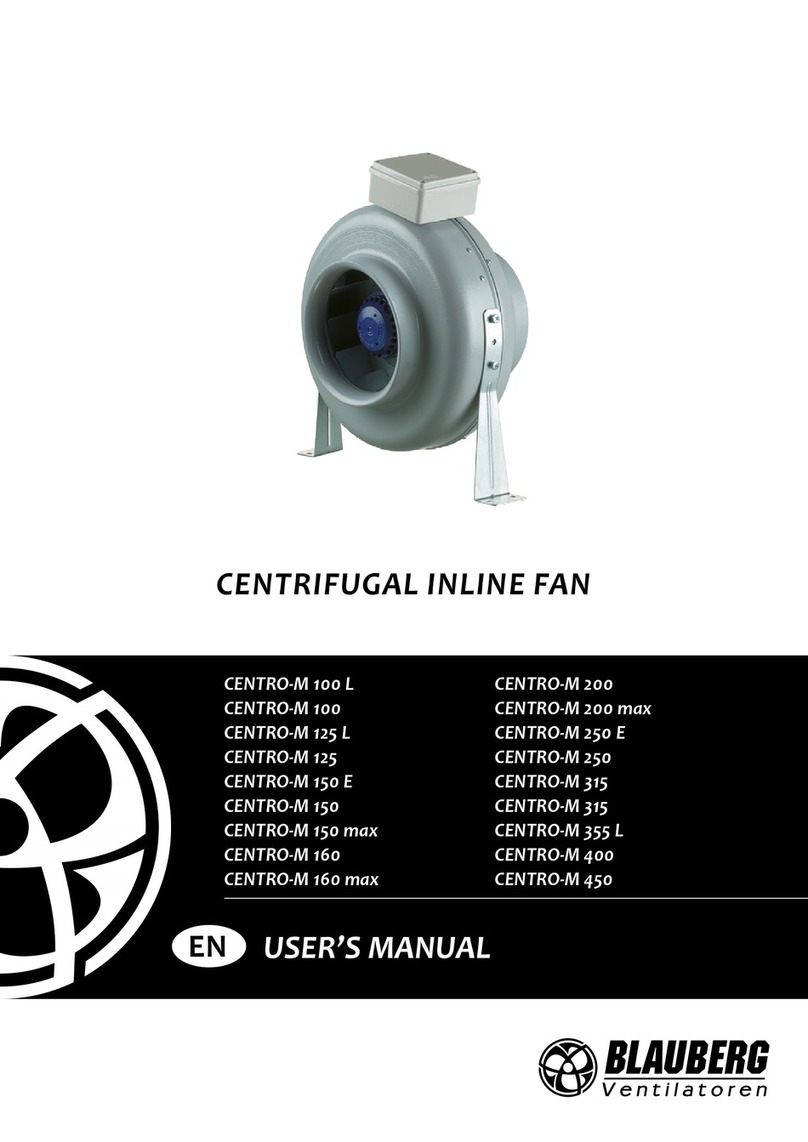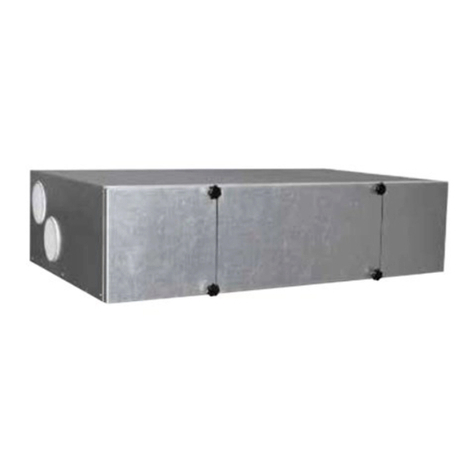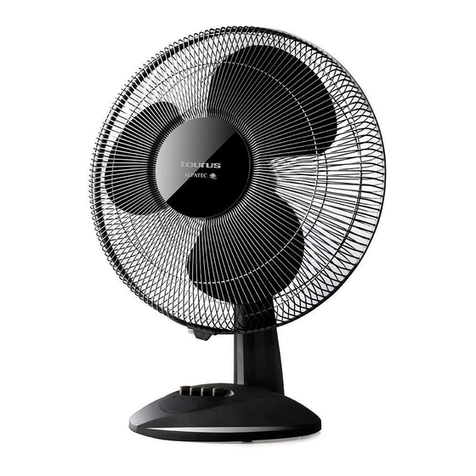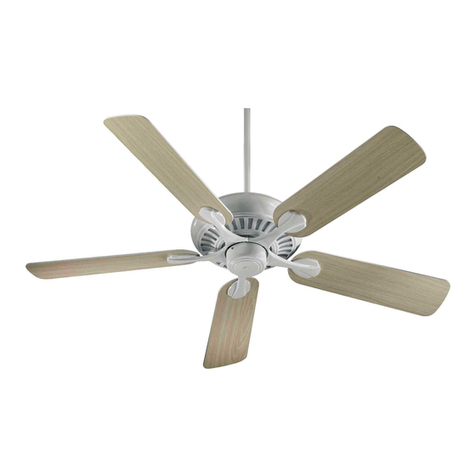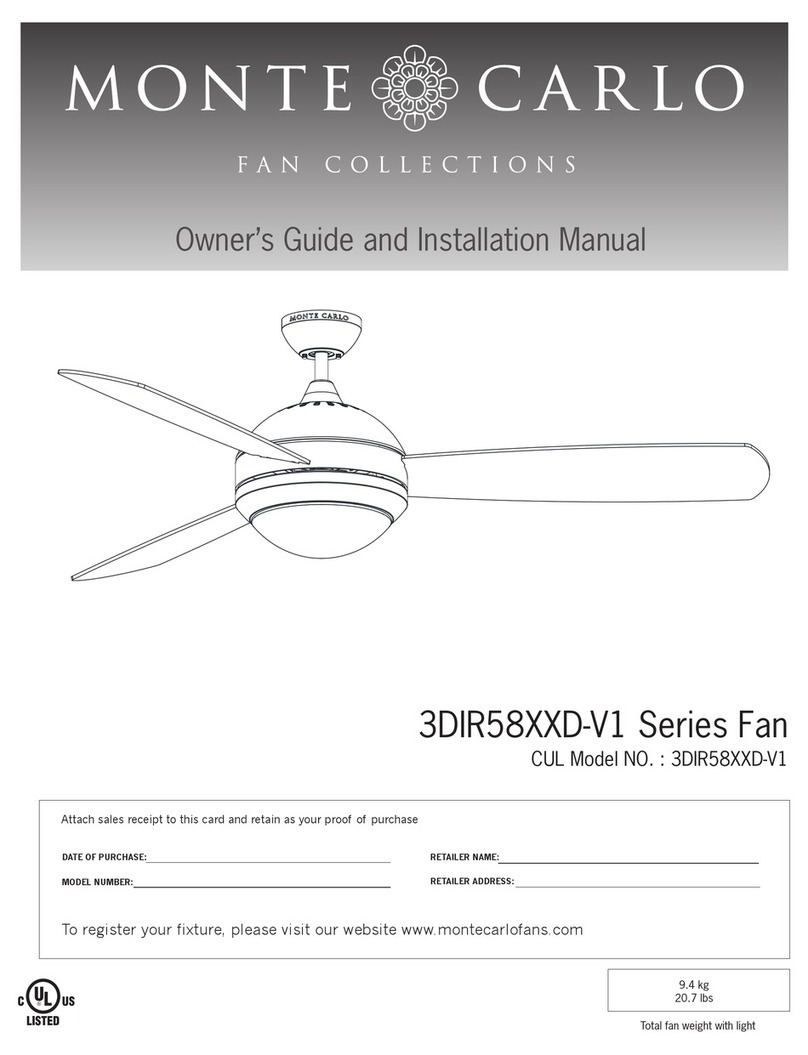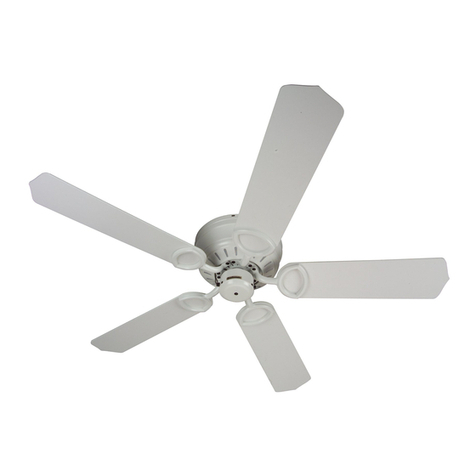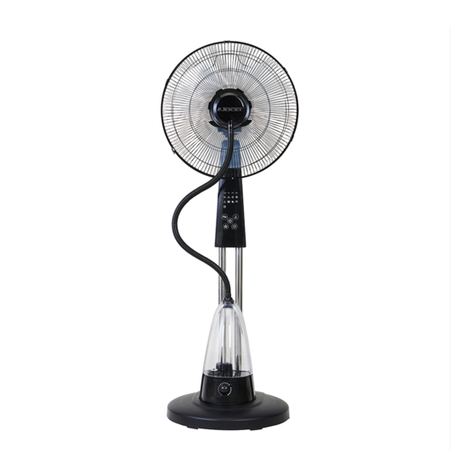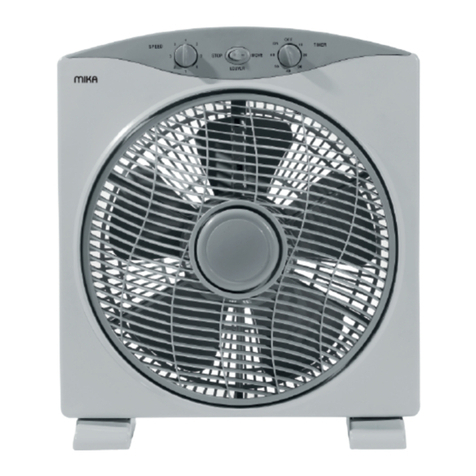
5
AIR BOOSTER 2
© STULZ SpA . – all rights reserved EN/10.2018/IT30I
Table of contents
1.Introduction...........................................................................................................6
1.1.Symbols used in this manual .................................................................................................................... 6
1.2.Attachments................................................................................................................................................... 6
2.Safety directions ...................................................................................................7
2.1.Introduction .................................................................................................................................................... 7
2.2.General rules.................................................................................................................................................. 7
2.3.Residual hazard............................................................................................................................................. 8
2.4.Labels............................................................................................................................................................... 8
2.5.Intended and non-intended use............................................................................................................10
3.Handling and storage ..........................................................................................10
3.1.Unit receipt ...................................................................................................................................................10
3.1.1.Precautions when handling the unit............................................................................................11
3.2.Storage ..........................................................................................................................................................12
4.Description .........................................................................................................13
4.1.Coding ............................................................................................................................................................13
4.2.Component lay-out and operating principle.....................................................................................13
4.3.Components.................................................................................................................................................15
4.4.Electrical components of protection and control............................................................................15
5.I/O Controller ......................................................................................................16
5.1.User interface..............................................................................................................................................16
5.1.1.Quick display menu (actual value display).................................................................................17
5.1.2.Basic display and setpoint..............................................................................................................18
5.1.3.Selection menu...................................................................................................................................19
5.1.4.Lock and unlock the keypad .........................................................................................................19
5.2.Parameters ..................................................................................................................................................20
5.3.Setting the operating mode....................................................................................................................21
5.3.1.Temperature control ........................................................................................................................22
5.4.System states ..............................................................................................................................................22
5.5.Alarms.............................................................................................................................................................23
5.6.Modbus RTU datapoint............................................................................................................................25
6.Technical data .....................................................................................................26
6.1.Application limits.........................................................................................................................................26
6.2.Technical data .............................................................................................................................................26
6.3.Drawings........................................................................................................................................................27
7.Installation...........................................................................................................27
7.1.Adjusting the airflow direction ...............................................................................................................29
7.2.Electrical Connections..............................................................................................................................30
8.Start-up ...............................................................................................................31
8.1.Commissioning............................................................................................................................................31
8.2.Checks after commissioning .................................................................................................................31
8.3.Switching off ................................................................................................................................................32
9.Maintenance ........................................................................................................32
9.1.Safety instructions .....................................................................................................................................32
9.2.Preventive maintenance schedule .......................................................................................................33
9.2.1.General cleaning................................................................................................................................33
10.Troubleshooting ................................................................................................34
11.Uninstalling and disposal of the unit .................................................................34
12.Accessories .......................................................................................................35
12.1.Light duty grille - ACTBALDG ............................................................................................................36
12.2.Heavy duty grille - ACTBAHDG..........................................................................................................36
12.3.Installation of the grille ..........................................................................................................................37

